A reliable outboard motor is essential for avid boaters and fishermen to maximize their time on the water. One of the key components of an outboard motor’s longevity and performance is its oil capacity and proper maintenance.
Yamaha is a leading manufacturer of quality outboard motors, and their oil leaks capacity chart is an essential tool in maximizing the performance of your Yamaha outboard motor. Understanding this chart is crucial for maintaining your motor’s efficiency and life span.
Here, we will dive into the specifics of the Yamaha outboard oil capacity chart, highlighting the importance of proper oil levels for your motor’s optimal performance.
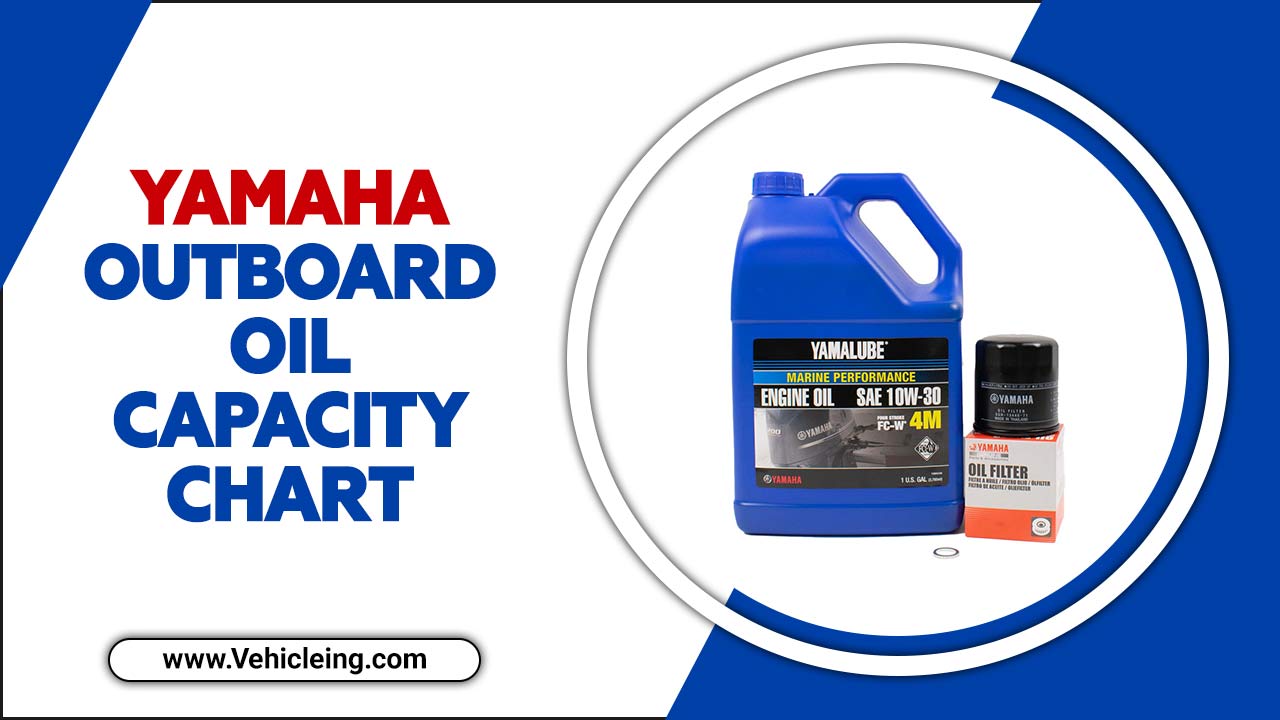
What Is Yamaha Outboard Oil Capacity Chart Format
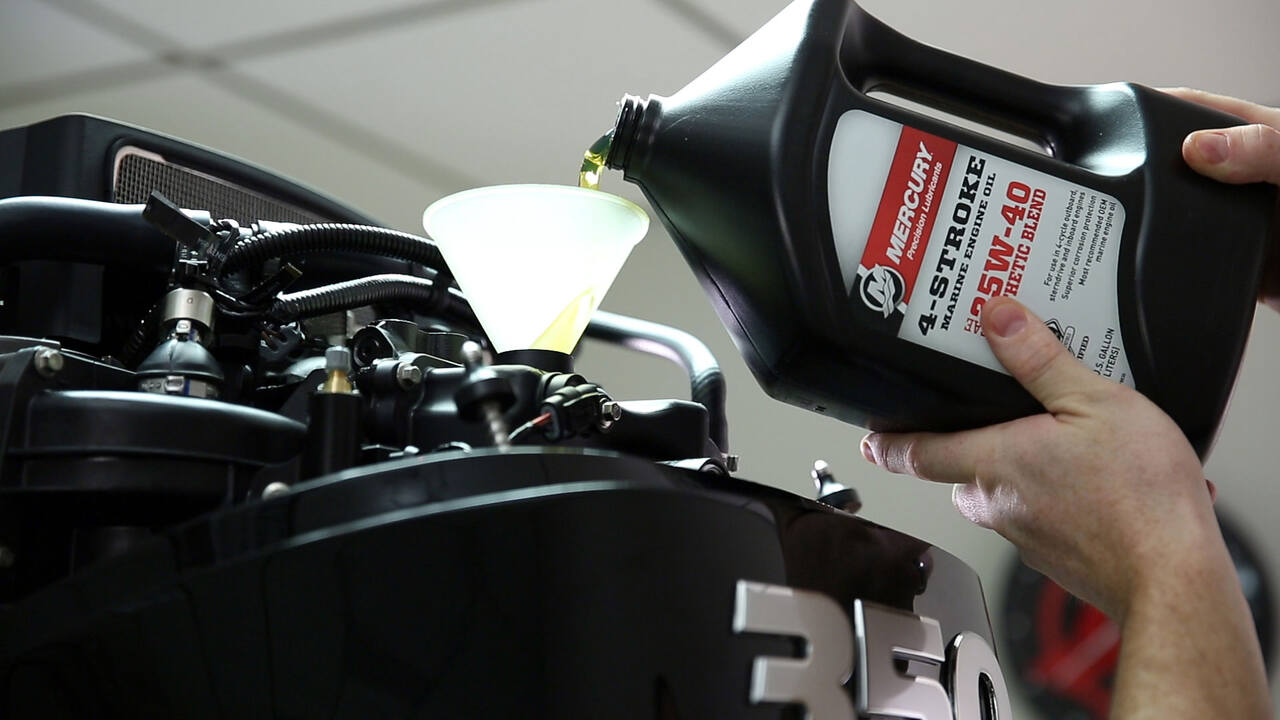
Knowing the proper oil capacity for your specific model is important if you own a Yamaha outboard engine. Luckily, Yamaha provides an outboard oil capacity chart detailing the oil needed for each engine type. This chart can be found in the owner’s manual or Yamaha’s website.
The oil capacity chart includes the model number, oil type, and the recommended amount of oil needed for each engine. It is important to follow this chart closely, as using too little or too much oil can cause damage to the engine.
In addition to knowing the proper oil capacity, using the correct type of oil for your Yamaha outboard engine is also important. Yamaha recommends using their oil brand, specifically designed for their automotive engines.
This oil is formulated to provide superior lubrication and protection, helping to extend the life of your engine. By following the Yamaha Outboard oil capacity chart and using the recommended oil type, you can ensure that your Yamaha outboard motor will provide optimal performance and reliability for many years.
Understanding The Chart Format
Understanding the outboard oil capacity chart format is essential for maintaining the performance and longevity of your outboard motor. It is important to note that the oil capacity chart is specific to each outboard motor model and year, so it is crucial to refer to the correct chart when adding or changing oil.
The chart typically includes the recommended oil type and weight and the motor’s minimum standard and maximum oil levels. Enhanced functionality is a key aspect of the Yamaha-Outboard oil capacity chart.
To properly read the chart, it is important to understand the units of measurement used. Outboard oil capacity charts usually list oil levels in quarts, litres, or ounces. It is essential to use the correct unit of measurement when adding oil to the motor.
| Engine Model | Oil Capacity (Quarts) |
| 2-Stroke 2 HP | 0.25 |
| 2-Stroke 3 HP | 0.3 |
| 2-Stroke 4 HP | 0.4 |
| 2-Stroke 5 HP | 0.5 |
| 2-Stroke 6 HP | 0.6 |
| 2-Stroke 8 HP | 0.8 |
| 2-Stroke 9.9 HP | 1 |
| 2-Stroke 15 HP | 1.1 |
| 2-Stroke 20 HP | 1.5 |
| 2-Stroke 25 HP | 1.8 |
| 2-Stroke 30 HP | 2 |
| 4-Stroke F2.5 HP | 0.4 |
| 4-Stroke F4 HP | 0.9 |
| 4-Stroke F6 HP | 1.1 |
| 4-Stroke F8 HP | 1.4 |
| 4-Stroke F9.9 HP | 1.7 |
How To Use Yamaha-Outboard Oil Capacity Chart Effectively
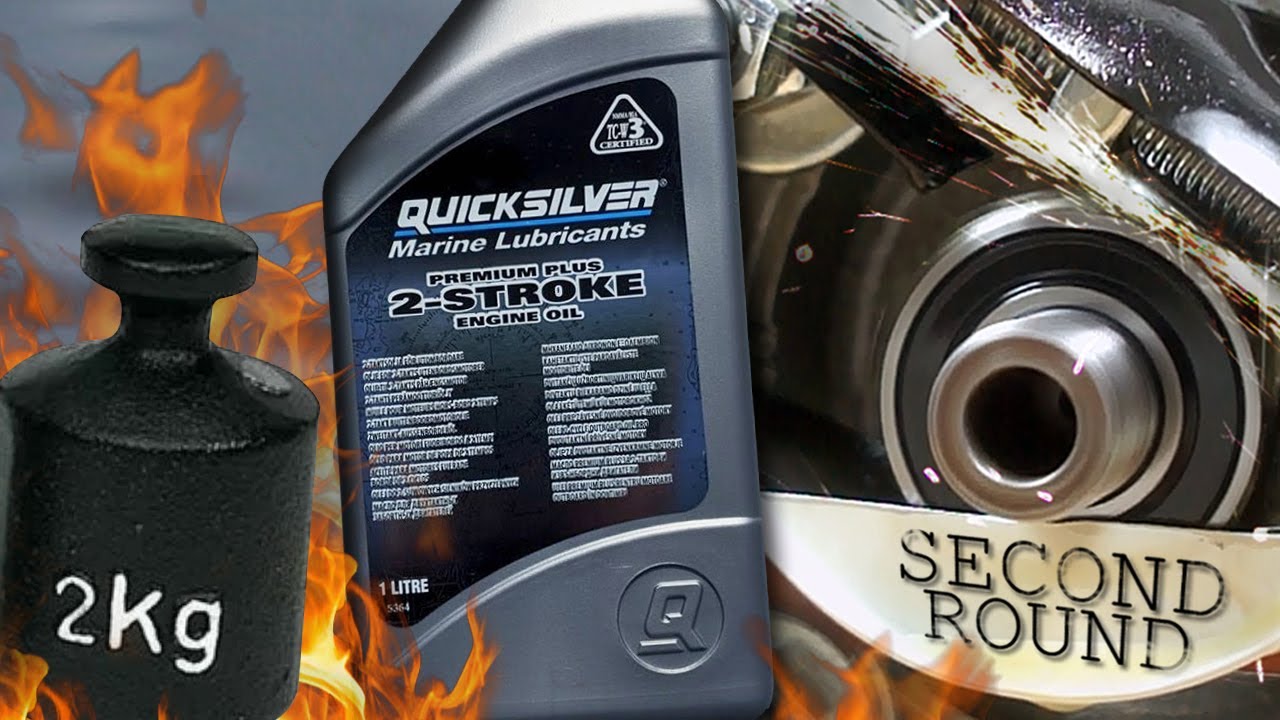
Knowing how much oil it needs to function properly is essential if you own a Yamaha outboard motor. Fortunately, Yamaha provides a helpful chart outlining the oil capacity for various models and outboard motors.
Understanding the Yamaha-Outboard Oil Capacity Chart is essential to ensure you use the correct fuel for your engine. This chart is designed to help you determine the amount of oil needed for your specific model and year of Yamaha outboard motor.
By using the Yamaha-Outboard Oil Capacity Chart effectively, you can avoid using too much or too little oil, which can negatively impact the performance of your engine. However, using a Yamaha outboard oil capacity chart effectively requires several important steps.
- First, have the correct chart for your specific motor model.
- Next, carefully read and follow the instructions on the chart to determine the recommended oil capacity for your motor. It is also important to note your motor’s recommended oil type and viscosity, as using the wrong oil can cause damage.
- Once you have determined the correct oil capacity, carefully measure and pour the oil into your motor.
- Be sure to use a funnel to prevent spills and ensure accuracy.
- After adding the oil, check the level using the dipstick and add more if necessary.
- It is recommended to check the oil level before each use to ensure your motor is properly lubricated.
Optimizing Oil Capacity For Different Outboard Engines

When maintaining and optimizing the performance of your outboard engine, one important aspect to consider is the normal operating temperatures. To determine the optimal oil capacity for an outboard engine, one must consult the manufacturer’s guidelines and specifications. These guidelines typically provide information on the recommended oil capacity based on the engine’s size, horsepower, and other important factors.
It is also crucial to regularly check the oil level using the dipstick and ensure that the oil is changed regularly to prevent corrosion and maintain optimal engine operation. Marine-specific anti-wear additives and corrosion inhibitors can further protect the engine and enhance its performance.
When changing the oil, it is important to properly remove the drain plug and ensure all the old oil is drained from the crankcase before adding fresh automotive engine oils. By following these guidelines and taking proper care of the oil capacity, one can ensure that the outboard engine performs at its best.
Factors Affecting Yamaha Outboard Oil Capacity
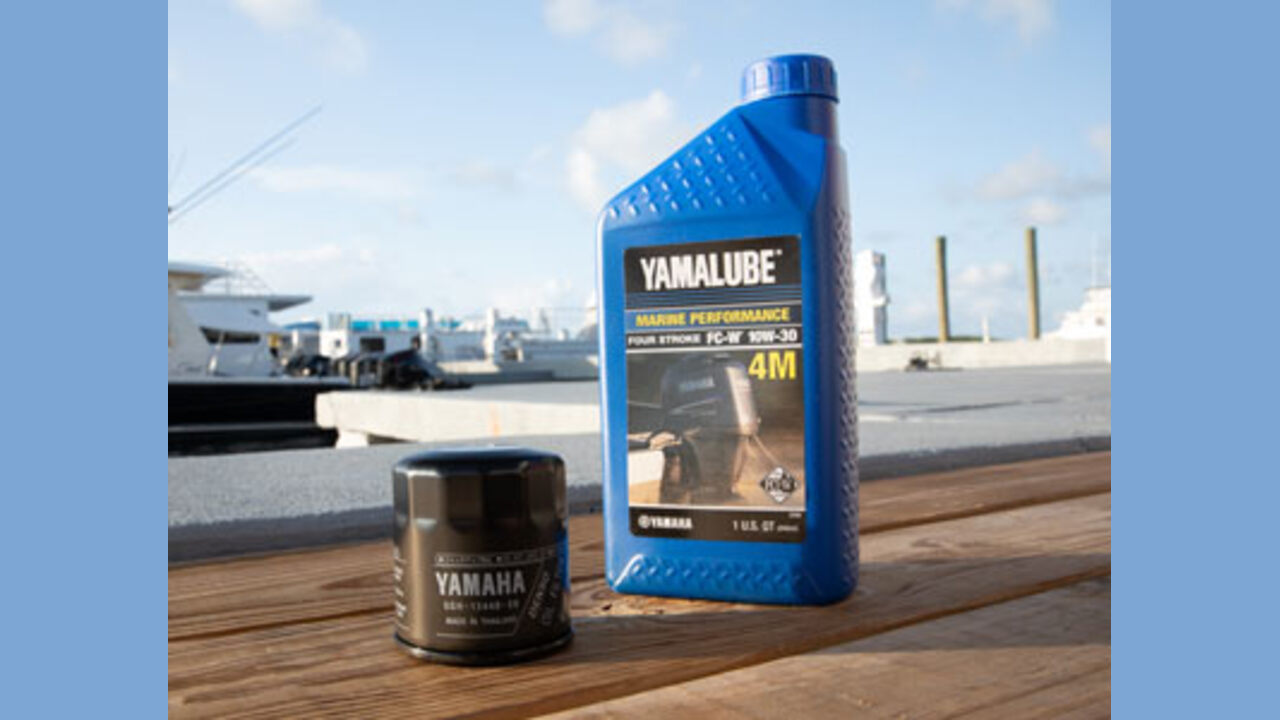
Yamaha outboard engines are known for their exceptional performance and durability, but proper maintenance is crucial for longevity. One important DIY maintenance aspect is ensuring the correct oil amount is used.
Several factors can affect the Yamaha outboard oil capacity, including the size and model of the engine, the age of the engine, and the type of oil used. Bolt gasket” refers to a sealing device used in various applications, including automotive and industrial machinery.
It is important to check the owner’s manual for the specific oil capacity and type recommended for your engine. Using the wrong type or amount of oil can lead to engine damage or failure. Party providers” refer to businesses or individuals who offer services and supplies for events and celebrations.
1. Engine Model And Year
Understanding how different engine models and years can affect the Yamaha outboard oil capacity is crucial for any boater. This is because each outboard motor has been designed and built differently. Hence, the oil capacity will also vary.
Form of cookies” refers to the various shapes and designs that cookies can take. The size of the engine determines the oil capacity of a Yamaha outboard motor, the type of oil used, and the model year of the motor.
The higher the engine size and horsepower, the more required oil capacity. For example, a 115-horsepower Yamaha outboard motor may require up to 5 quarts of oil, while a 200-horsepower Yamaha outboard motor may require up to 7 quarts of oil. The blend of additives in Yamaha outboard oil enhances engine performance and longevity.
2. Oil Capacity For Different Years
The oil capacity for Yamaha outboard motors can vary depending on the engine’s year, model, and size. Understanding how oil capacity differs for different years is crucial to maintaining the optimal performance and longevity of the outboard motor. The drain gasket is important in the Yamaha outboard engine, ensuring a tight seal and preventing oil leaks.
Yamaha recommends checking the owner’s manual or consulting with a certified mechanic for the correct oil capacity for a specific engine. Request for services is commonly used when seeking assistance or support for a particular issue or problem. The halfway mark on the Yamaha-Outboard oil capacity chart indicates the optimal oil level for the engine.
3. Oil Type
One factor that can affect the oil capacity of a Yamaha outboard engine is the type of oil used. Different types of oil have different thicknesses, also known as viscosities, which can impact the amount of oil needed to lubricate the engine properly. For example, using thicker oil may take up more space in the engine and require a larger oil capacity.
Conversely, a thinner oil may require less space, resulting in a smaller capacity. In addition to viscosity, the type of oil can also impact the engine’s capacity. Synthetic oils, for example, have different properties than conventional oils and may require a different amount of oil to achieve optimal performance.
4. Oil Capacity For Different Models
Oil capacity is an important factor to consider regarding maintaining the performance of your Yamaha outboard engine. Different models of Yamaha outboards have varying oil capacities that directly affect their performance. You can determine the oil capacity of an outboard by the size and type of engine. Default settings” refer to the pre-configured options or parameters.
For instance, the Yamaha F225TXR has an oil capacity of 6.1 quarts, while the Yamaha F15SEHA has an oil capacity of only 1.16 quarts. These differences in oil capacity are significant and can impact the engine’s overall performance.
Tips For Maintaining Your Motor’s Oil Levels And Changing The Oil
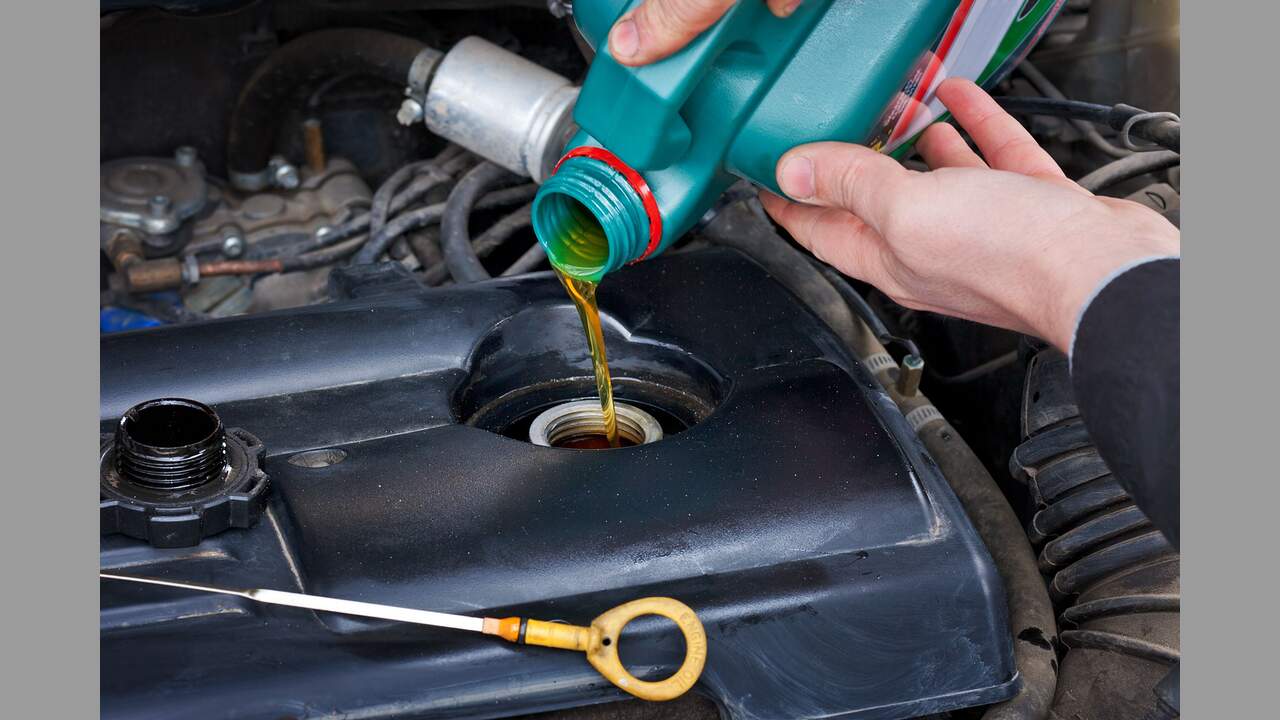
Check your oil levels regularly, using the right oil type as the vehicle manufacturer recommends. Change the oil at regular intervals, typically every 3,000 to 5,000 miles or every 3 to 6 months. Replace the oil filter when changing the oil to remove contaminants.
Invest in high-quality oil and filters for optimal performance and protection. The harmful effects of using improper Yamaha Outboard oil capacity can lead to engine damage and reduced performance.
- Check your oil levels regularly.
- Use the right type of oil.
- Change the oil at regular intervals.
- Replace the oil filter.
- Use a quality oil and filter.
- Properly dispose of used oil.
- Consider professional assistance
Conclusion
Yamaha outboard engines are known for their exceptional performance and durability, but proper maintenance is crucial for longevity. Understanding the Yamaha outboard oil capacity chart is important for getting the most out of your boat’s performance.
This chart is crucial to maximize the performance of your Yamaha outboard motor. Adhering to the manufacturer’s recommended oil capacity for your specific outboard motor will ensure it runs efficiently and smoothly.
Additionally, using high-quality oil and performing regular maintenance checks will help prolong the life of your motor and keep it running at peak performance. With this knowledge, you’ll enjoy your time on the water and maximize your boating personalized web experience.
FAQs
1.How Much Oil Does A Yamaha 4-Stroke Hold?
Ans: The amount of oil a Yamaha 4-stroke engine holds can vary depending on the specific model and size of the engine. It is best to refer to the owner’s manual or consult a Yamaha dealer to determine the engine’s exact oil capacity.
2.What Is The Correct Oil Level?
Ans: An engine dipstick or oil level gauge typically indicates the correct oil level. It is important to refer to the manufacturer’s guidelines and ensure the oil level is within the recommended range.
3.Where Is The Engine Oil Level?
Ans: The engine oil level can usually be found by locating the dipstick, which is typically located near the front of the engine. It helps lubricate the engine’s moving parts, reducing friction and preventing overheating.
4.What Is A High Oil Level?
Ans: A high oil level is when an excessive amount of oil is in a vehicle’s engine. This can lead to decreased engine performance, increased oil pressure, and potential damage to engine components.
5.Why Is Engine Oil Used?
Ans: Engine oil is handy to lubricate the moving parts within an engine, reducing friction and preventing wear and damage. It also helps to cool the engine by carrying away heat from the combustion process.
